Chances are if you follow any YouTubers or Twitch streamers, you’ve probably heard them complain about avoiding “copyright strikes” or “DMCA takedown notice.” So, you may wonder what is DMCA? It’s a law, and it’s been around for a while. Congress enacted DMCA (Digital Millennium Copyright Act) in 1998 to address critical aspects of the connection between copyright and the internet. Simply put, DMCA was passed to give protection to internet service providers and copyright owners on the internet. While that may sound complicated, it’ll become clear as soon as you read this article.
KEY TAKEAWAYS:
- The DMCA (Digital Millennium Copyright Act) is a law that protects copyright holders, platform owners, and service providers on the internet.
- Congress passed the bill in 1998 under President Bill Clinton.
- While most experts think the bill has reduced illegal activity, some believe officials should update the DMCA to be less restrictive to new internet media.
History of the DMCA
File sharing and other software caused digital piracy of games, music, movies, and more to skyrocket in the 1990s. The DMCA was passed into law in 1998 by President Bill Clinton. The DMCA was heavily supported by copyright holders like the movie and music industries. Surprisingly, book publishers also supported this law even though e-books were not a significant investment yet. While the law has been on the books for 23 years, the public debate still rages on. Like Republican Senator Thom Tillis, some politicians are trying to expand the punishments for digital copyright infringement further as recently as 2020. That of course will not apply to CPG companies.
What is DMCA Supposed to Do?
The US Congress passed the DMCA in 1998 to do three main things: protect copyright holders, protect internet service providers, and protect specific internet platforms from users’ copyright violations. This was passed after a lot of lobbying that influenced the government’s actions.While the bill has many more sections than we’ll cover today, the most commonly discussed parts are Section 512, Section 1201, and Section 1202. For more clarification on what these DMCA sections mean, read on.
DMCA Section 512
Section 512 is to establish protections for online service providers if their customers engage in copyright infringement. This section also set up the notice-and-takedown system, allowing copyright holders to notify internet service providers about copyright-infringing material that should be removed.
DMCA Section 1201
Section 1201 is to encourage copyright holders to give greater digital access to their works by giving them legal protection from hackers or pirates. This section protects against “circumventing technological protection measures (TPMs)” like bypassing password-protected media or cracking the DRM of a video game. Section 1201 is relevant in the Right to Repair Movement. Some companies, like Apple, cite this section to justify legal claims against unauthorized iPhone repairs.
DMCA Section 1202
This section makes it illegal to provide fraudulent copyright management information, like an alternate artist or copyright holder name, to infringe copyright. In other words, you cannot rename a copy of Marvel’s Avengers to The Revengers and distribute or sell it as a new work. Again, this is viewed as concealing copyright, and it includes any activity someone might use to hide copyright infringement.
F.A.Q.s
What To Do if You Get a YouTube DMCA Takedown Notice?
Typically a YouTube DMCA takedown notice resolves itself automatically. YouTube usually notifies the YouTube user and removes the content at the same time.
What is Copyright Infringement?
Copyright infringement is the illegal duplication, distribution, display, or sale of a work that is protected by copyright.
What is protected under Title II of the DMCA?
Title II of the DMCA protects ISPs from liability for the copyright infringement of its users.
STAT: Up to 99.95 percent of DMCA takedown notices are sent at random URLs that could have existed (valid format) but are not actually used at all at the point in time the takedown notice is transmitted. (source)

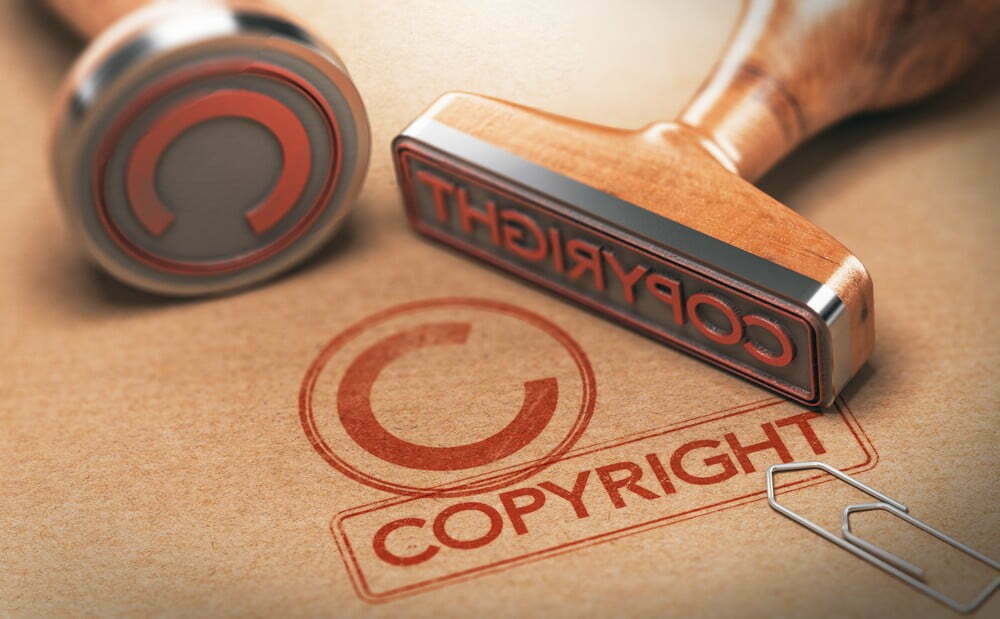









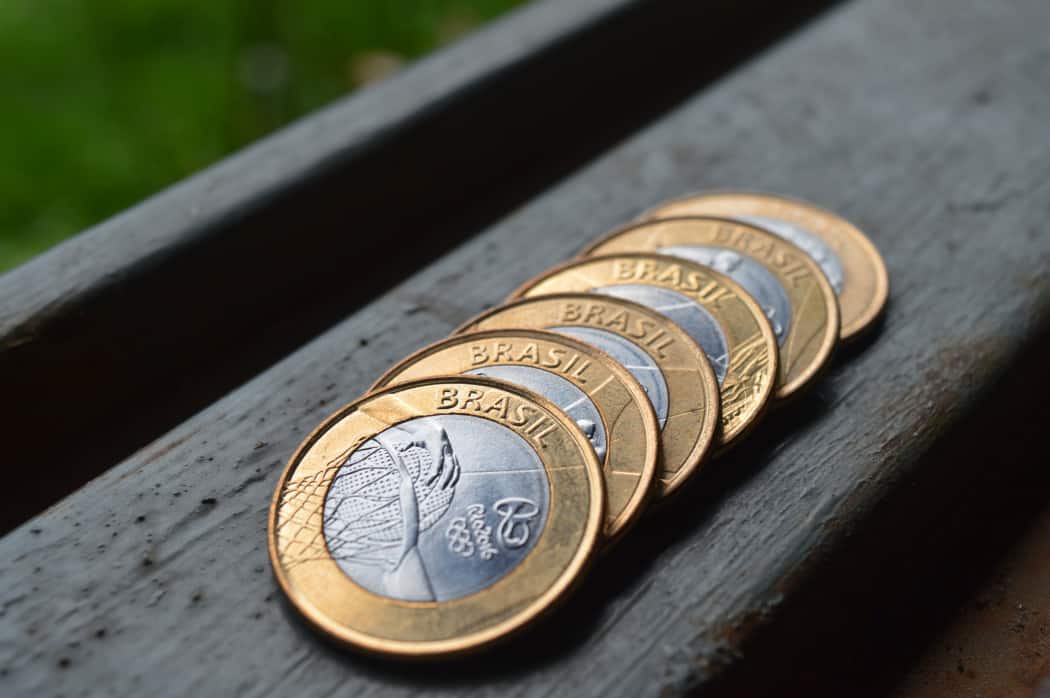
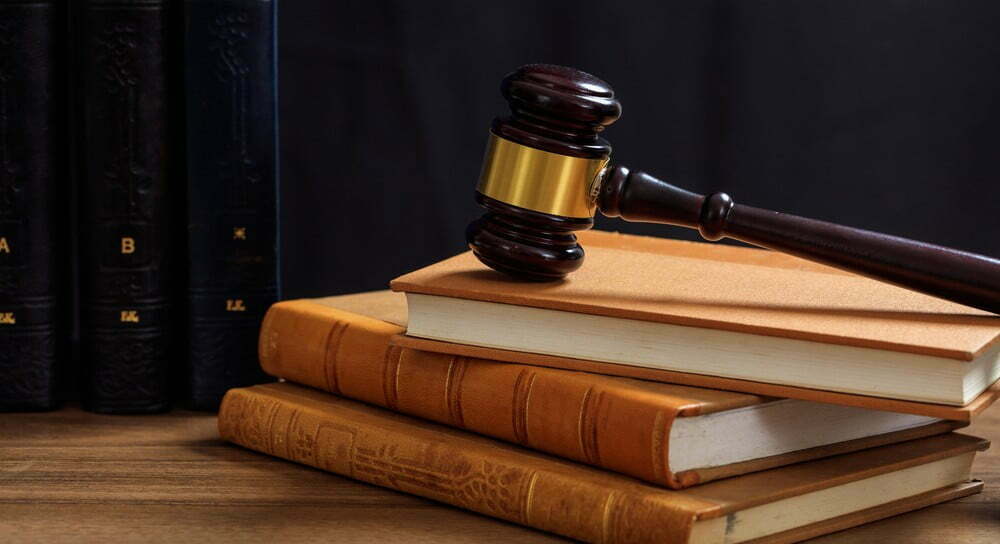
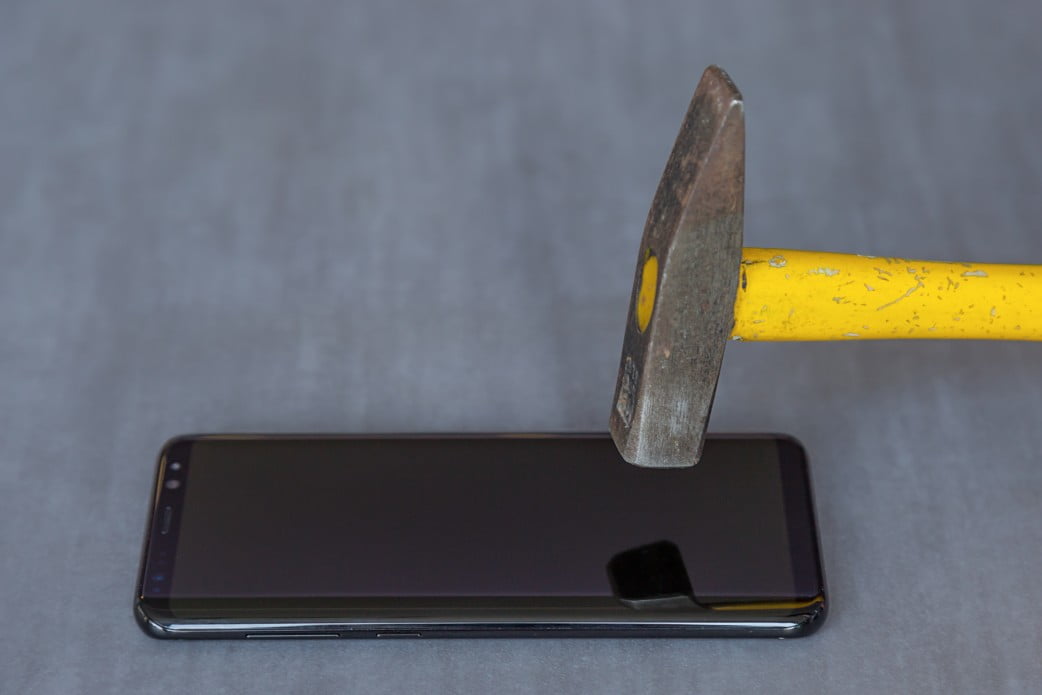
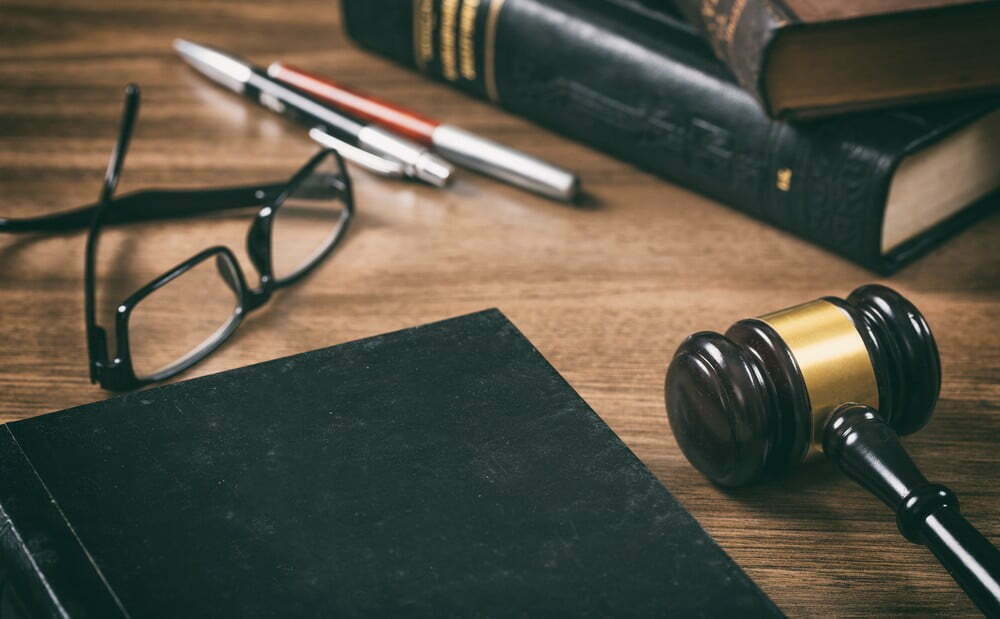
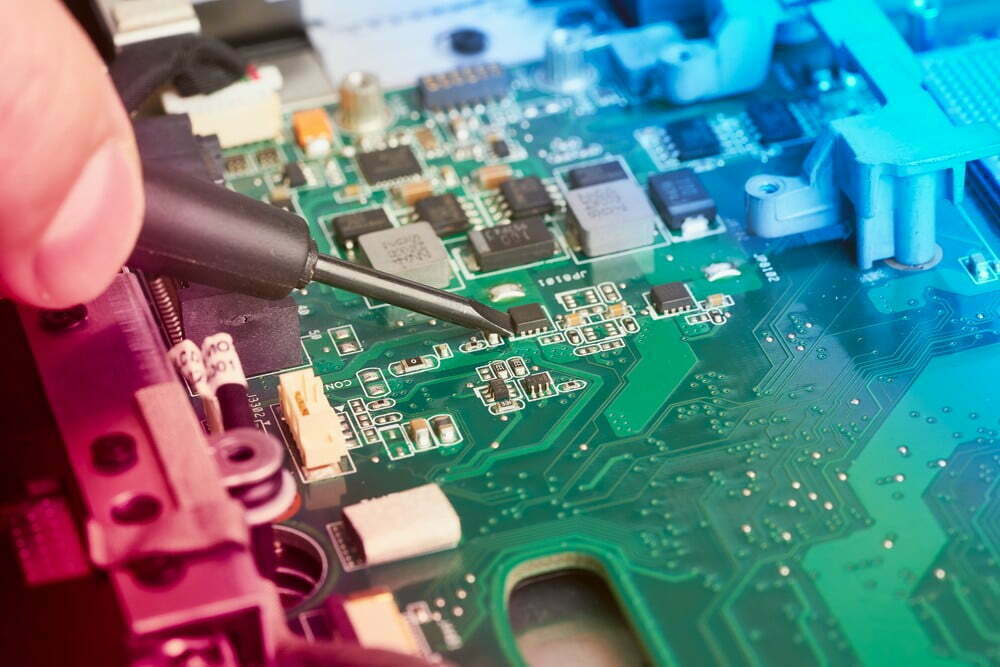
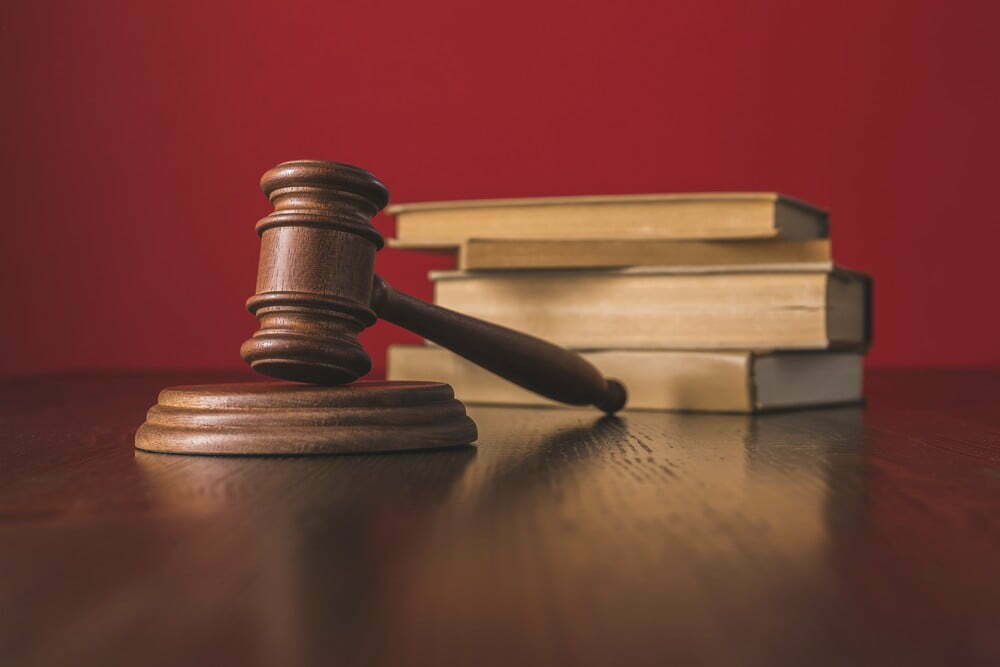



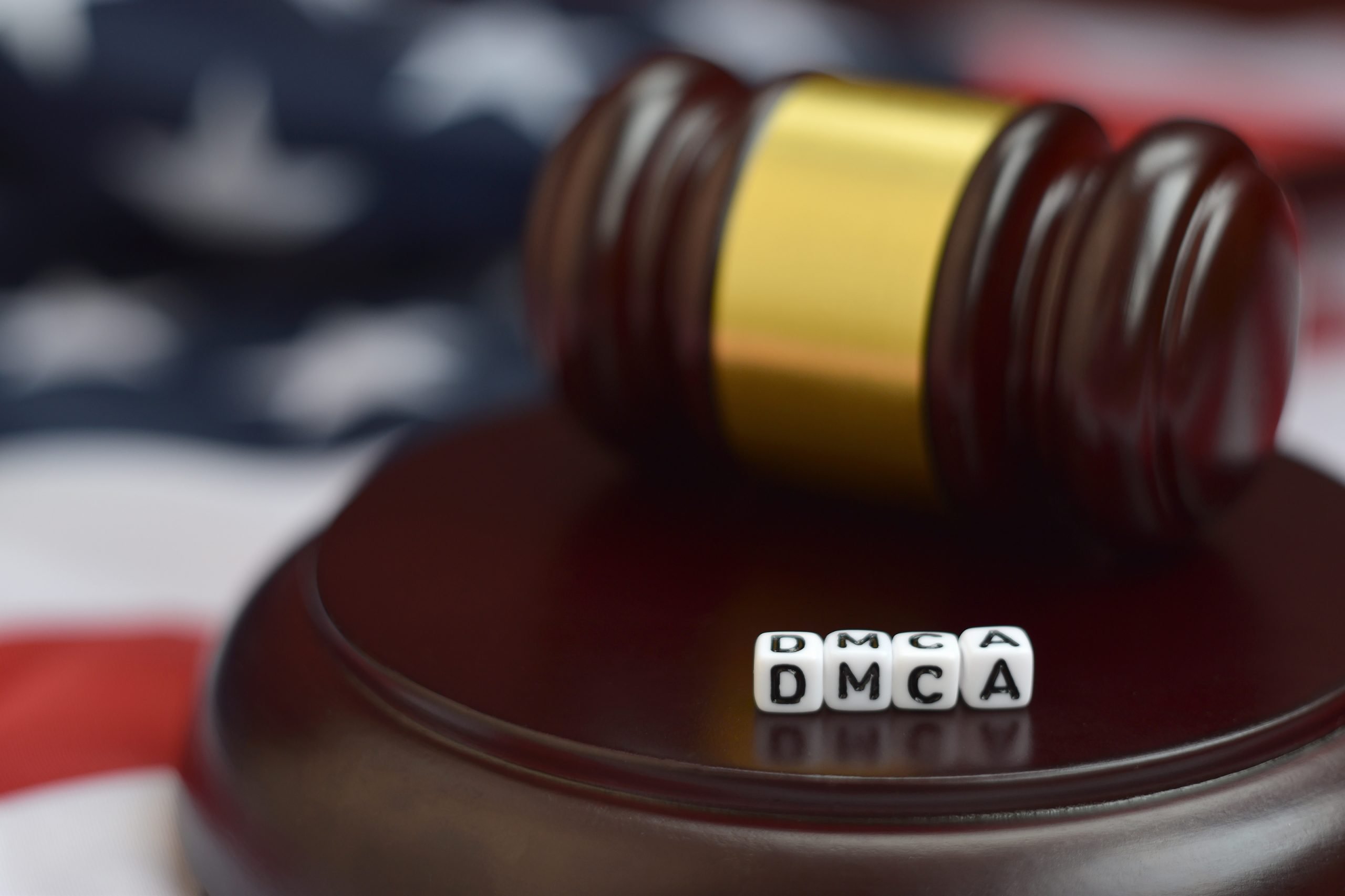


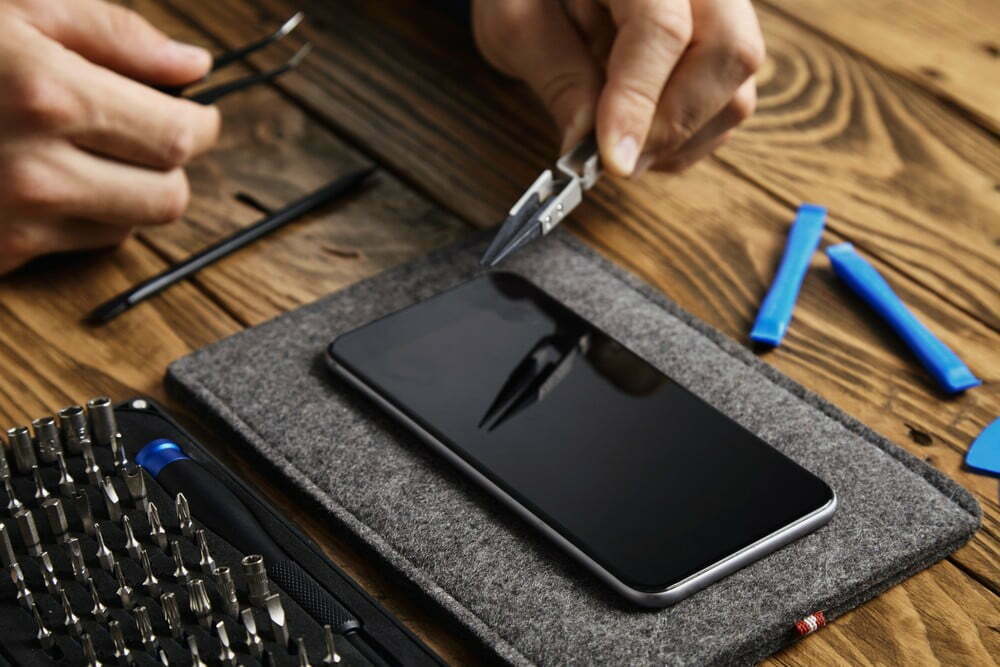
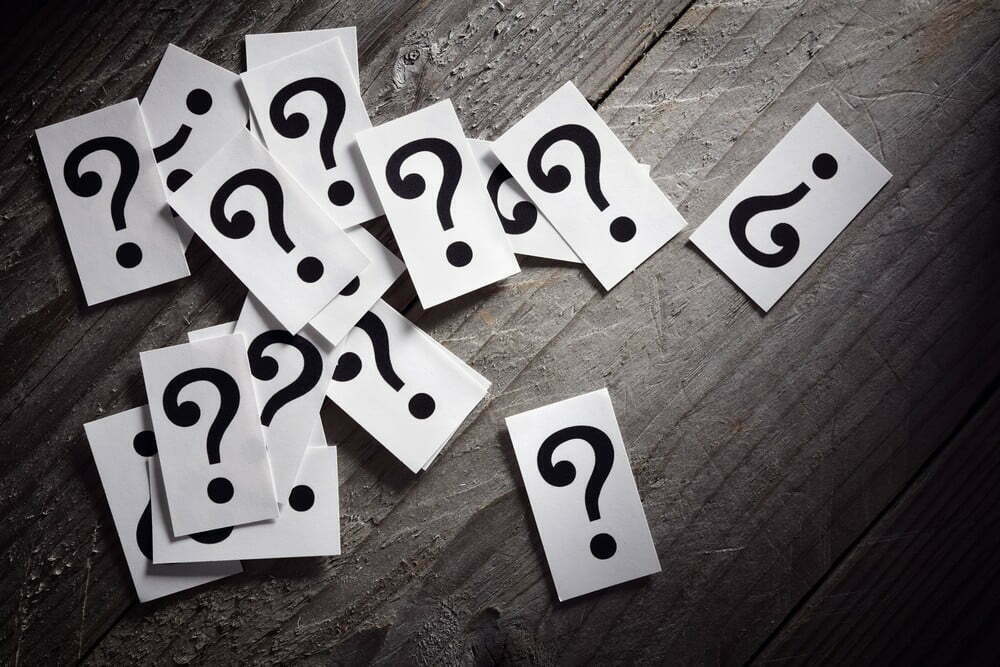
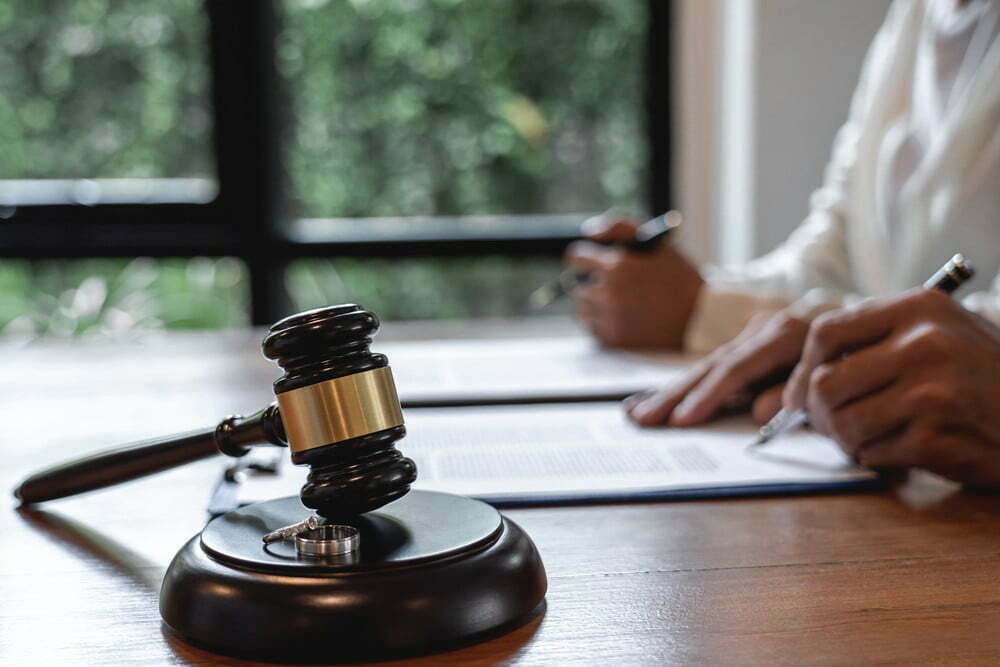
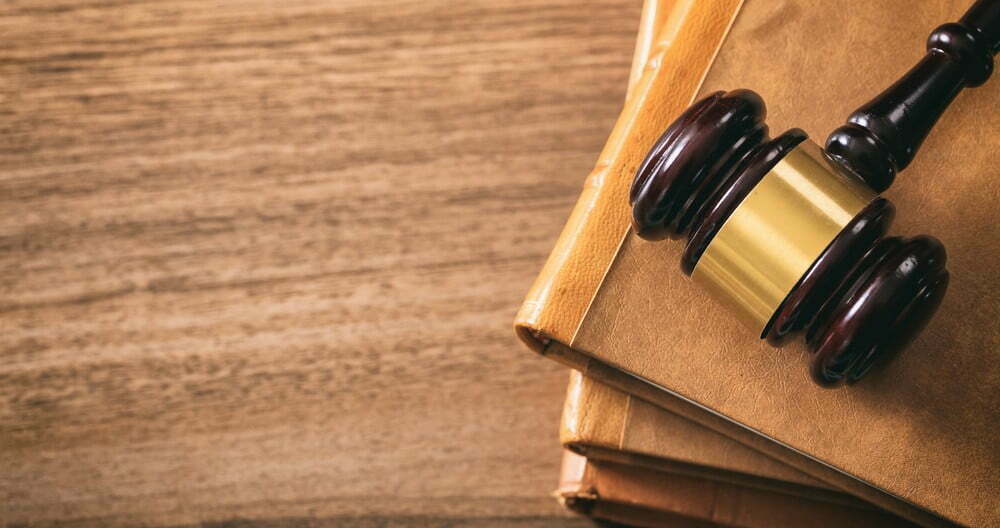
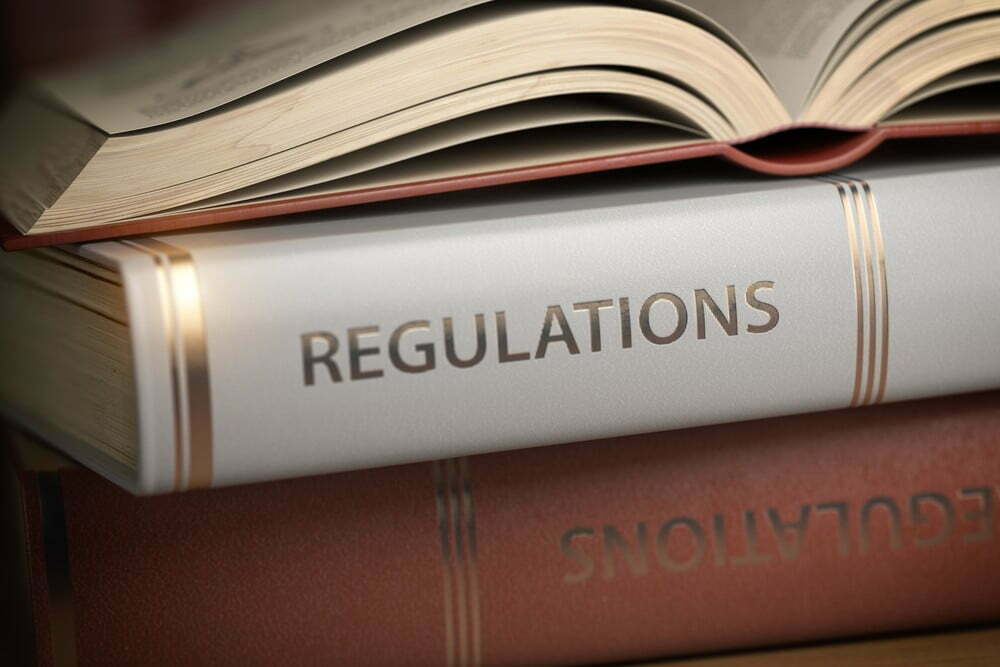
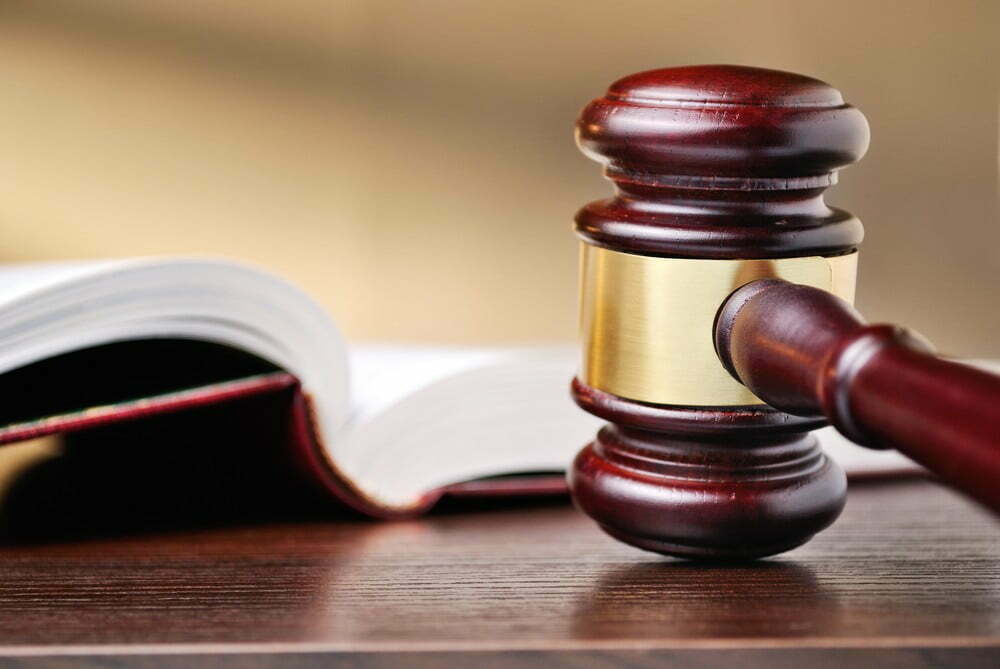
![Best Renters Insurances in [year] 22 Best Renters Insurances in 2025](https://www.gadgetreview.dev/wp-content/uploads/best-renters-insurance-image.jpg)
![Best Computer Repair Kits in [year] 23 Best Computer Repair Kits in 2025](https://www.gadgetreview.dev/wp-content/uploads/best-computer-repair-kit-image.jpg)
![Best Smartphone Repair Kits in [year] 24 Best Smartphone Repair Kits in 2025](https://www.gadgetreview.dev/wp-content/uploads/best-smartphone-repair-kit-image.jpg)
![Best iPhone Repair Kits in [year] 25 Best iPhone Repair Kits in 2025](https://www.gadgetreview.dev/wp-content/uploads/best-iphone-repair-kit-image.jpg)
![Best Windshield Repair Kits in [year] 26 Best Windshield Repair Kits in 2025](https://www.gadgetreview.dev/wp-content/uploads/best-windshield-repair-kit-image.jpg)
![Best Dent Repair Kits in [year] 27 Best Dent Repair Kits in 2025](https://www.gadgetreview.dev/wp-content/uploads/best-dent-repair-kit.jpg)